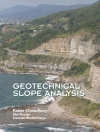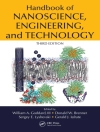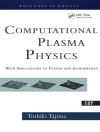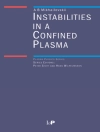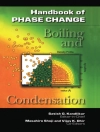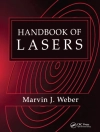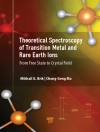Flux quantization experiments indicate that the carriers, Cooper pairs (pairons), in the supercurrent have charge magnitude 2e, and that they move independently. Josephson interference in a Superconducting Quantum Int- ference Device (SQUID) shows that the centers of masses (CM) of pairons move as bosons with a linear dispersion relation. Based on this evidence we develop a theory of superconductivity in conventional and mate- als from a unified point of view. Following Bardeen, Cooper and Schrieffer (BCS) we regard the phonon exchange attraction as the cause of superc- ductivity. For cuprate superconductors, however, we take account of both optical- and acoustic-phonon exchange. BCS started with a Hamiltonian containing "electron" and "hole" kinetic energies and a pairing interaction with the phonon variables eliminated. These "electrons" and "holes" were introduced formally in terms of a free-electron model, which we consider unsatisfactory. We define "electrons" and "holes" in terms of the cur- tures of the Fermi surface. "Electrons" (1) and "holes" (2) are different and so they are assigned with different effective masses: Blatt, Schafroth and Butler proposed to explain superconductivity in terms of a Bose-Einstein Condensation (BEC) of electron pairs, each having mass M and a size. The system of free massive bosons, having a quadratic dispersion relation: and moving in three dimensions (3D) undergoes a BEC transition at where is the pair density.
S. Fujita & S. Godoy
Theory of High Temperature Superconductivity [PDF ebook]
Theory of High Temperature Superconductivity [PDF ebook]
购买此电子书可免费获赠一本!
语言 英语 ● 格式 PDF ● ISBN 9780306482168 ● 出版者 Springer Netherlands ● 发布时间 2006 ● 下载 3 时 ● 货币 EUR ● ID 4719885 ● 复制保护 Adobe DRM
需要具备DRM功能的电子书阅读器


